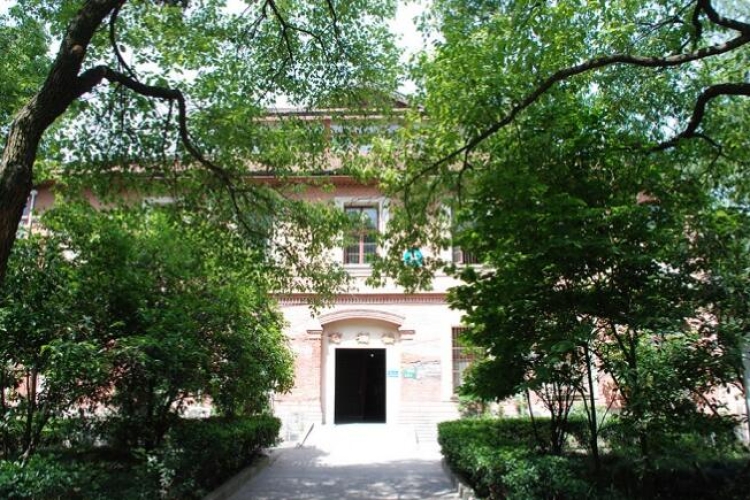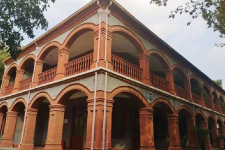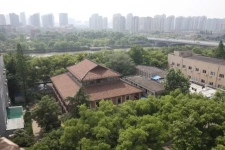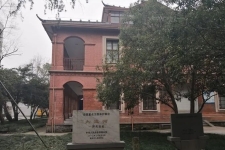Former Yangguan Site
Former Yangguan site is located in Hangzhou City Wenzhou Road 126 City Second People's Hospital, belongs to the Gongchenqiao Street Wenzhou Road community. In 1895, the Qing government signed the Treaty of Maguan after the defeat of the Sino-Japanese War, and Hangzhou was forced to become an open commercial port. In October of the same year, it was agreed that land would be zoned off near Gongchen Bridge as a place for Japanese businessmen to live and trade. The three remaining houses are located in the hospitalization department of Hangzhou Second People's Hospital. The north building is the hospital's general affairs office, the east building is the hospital's dormitory, the south building is the hospital's medicine warehouse. The three buildings are arranged in the shape of "Pin" in Chinese, and there are medical buildings constructed in the later period. East, south and north of the three rectangular building plane, are two layers bricks and wood structure, red brick facade, facade is mostly imitated British "voucher corridor type", roof slope shape, short eaves. In 2013, it was included in the seventh batch of key national cultural relics protection units.




